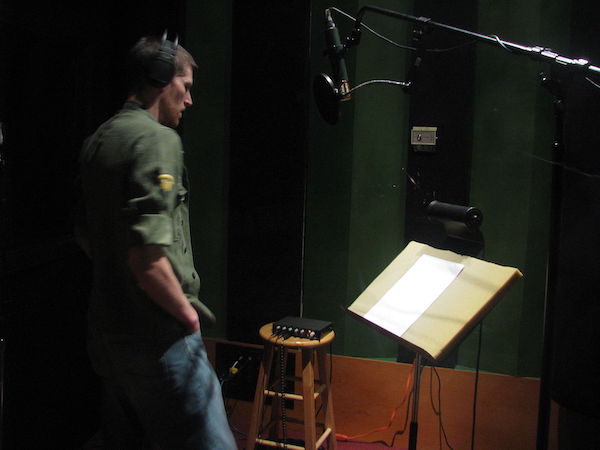
Sibilance is the “ess, ch, or ts” sounds created by sharp consonants such as S, T, and Z. Vocal recordings often have a tonal harshness called sibilance. The ability to control a specific range of unpleasant high frequencies is more transparent and natural sounding. Anything with high-end harshness can benefit from a de-esser.ĭe-essing is also an excellent alternative to traditional EQing when controlling harshness. For example, de-essers work great at taming cymbals, hi-hats, synths, keys, guitars, and more. However, these versatile devices have other mixing or mastering purposes. They are the most preferred mixing tool for dealing with sibilance in the mix.

They use a combination of multiband equalization and sidechain compression to reduce harsh high frequencies and sibilance.ĭe-esser plugins are typically used for vocal mixing. In this way, it’s a bit more transparent than notching with EQ.What is a De-esser? Learn how de-essing can reduce or remove harsh high frequencies from vocal recordings, instruments, and entire mixes.ĭe-essers are specialized compressors that focus on a specific frequency range. The frequency isn’t removed entirely, just attenuated when it’s too loud. How a de-esser differs from this method is that it applies gain reduction to a frequency only when it gets loud enough to pass the threshold.

This works, but you’ll notice the overall tonality of the vocal change because you’re removing a certain frequency altogether. The main parameters you’ll adjust are frequency and threshold-even with the default frequency (5506 Hz), you’ll notice sibilance reduction as soon as you bring the threshold down.Īnother way to remove sibilance is to sweep around with an EQ for the most offensive frequencies and notch them out. Waves DeEsser is a super simple plugin to get the hang of. Every voice is different, but you can usually find the sweet spot for your de-esser somewhere between 4 and 7 kHz where the harshest frequencies live. A quality de-essing plugin will retain presence/clarity without totally flattening out the performance.

Using a de-esser is one of the easiest ways to control sibilance. On a mixed vocal with lots of compression and other effects, sibilance can get much louder and more piercing than it is on a dry recording. Sibilance is the harsh, hissing noise “s” sounds make. In between production responsibilities he conducts online training seminars, collaborative production meetings, software demonstrations, and video tutorials.Ĭarlo is Pro Mix Academy’s resident Studio One expert, too! In this clip, he shows us how to use a de-esser to manage sibilance in vocals. He’s also an audio production engineer with twenty years’ experience, and performs trainings, demonstrations, and services for top studios and institutions across the country. Carlo Libertini is a Melodyne audio editing specialist with Music Marketing Inc.


 0 kommentar(er)
0 kommentar(er)
